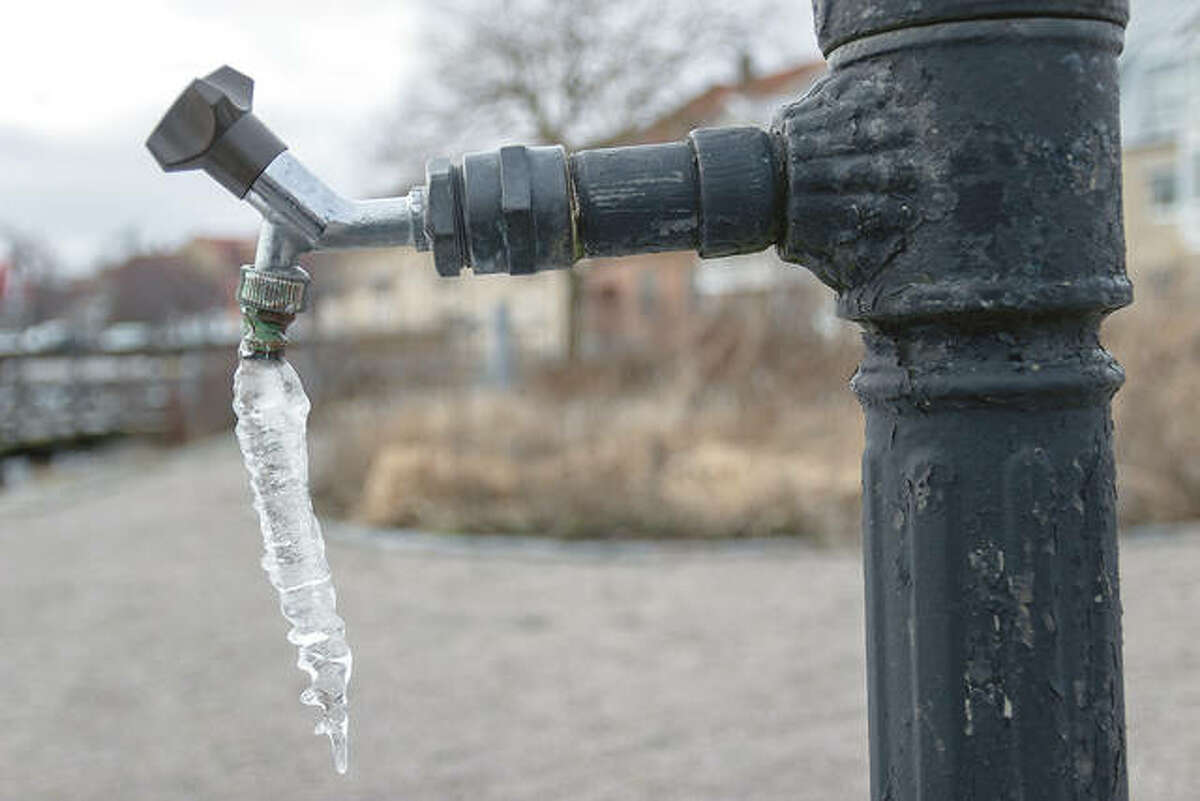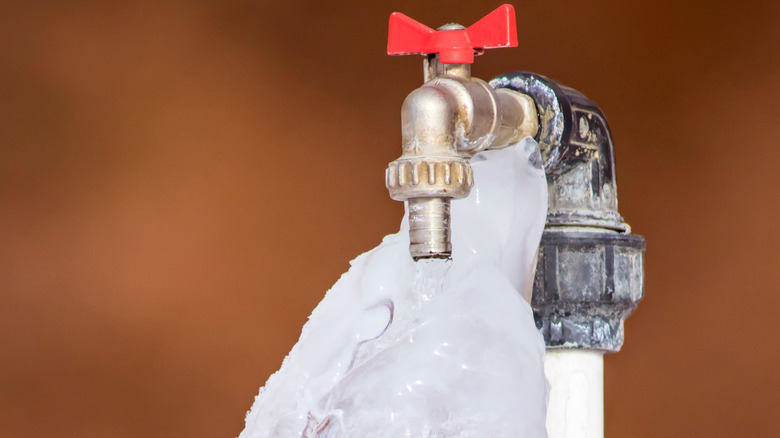Essential Tips for Preventing Frozen Plumbing in Cold Weather Conditions
Essential Tips for Preventing Frozen Plumbing in Cold Weather Conditions
Blog Article
They are making several good pointers about Preventing and dealing with frozen pipes in general in the content following next.

Cold weather can wreak havoc on your pipes, specifically by freezing pipelines. Right here's how to stop it from taking place and what to do if it does.
Intro
As temperature levels drop, the threat of frozen pipes rises, potentially causing pricey repairs and water damage. Understanding how to stop icy pipes is crucial for house owners in cool climates.
Prevention Tips
Protecting prone pipelines
Wrap pipes in insulation sleeves or use heat tape to safeguard them from freezing temperature levels. Focus on pipelines in unheated or outside locations of the home.
Heating methods
Maintain indoor rooms appropriately heated, particularly locations with pipes. Open up closet doors to allow warm air to distribute around pipes under sinks.
How to determine icy pipelines
Seek lowered water flow from faucets, unusual odors or noises from pipes, and visible frost on subjected pipes.
Long-Term Solutions
Structural modifications
Think about rerouting pipes away from exterior walls or unheated locations. Include additional insulation to attic rooms, cellars, and crawl spaces.
Upgrading insulation
Invest in premium insulation for pipes, attic rooms, and walls. Correct insulation assists preserve consistent temperature levels and minimizes the danger of icy pipelines.
Protecting Outside Pipes
Yard pipes and exterior faucets
Separate and drain pipes yard tubes prior to winter. Set up frost-proof spigots or cover outdoor faucets with insulated caps.
Understanding Frozen Pipes
What causes pipes to ice up?
Pipes ice up when exposed to temperature levels below 32 ° F (0 ° C) for prolonged durations. As water inside the pipes ices up, it increases, putting pressure on the pipe walls and possibly triggering them to burst.
Risks and problems
Frozen pipelines can lead to water supply disturbances, residential or commercial property damage, and expensive repair work. Burst pipes can flood homes and create substantial architectural damage.
Indications of Frozen Water Lines
Determining frozen pipelines early can avoid them from rupturing.
What to Do If Your Pipelines Freeze
Immediate activities to take
If you suspect icy pipes, keep faucets open up to ease stress as the ice melts. Utilize a hairdryer or towels taken in hot water to thaw pipes gradually.
Conclusion
Protecting against frozen pipelines calls for aggressive procedures and fast feedbacks. By understanding the reasons, signs, and safety nets, house owners can safeguard their plumbing throughout winter.
5 Ways to Prevent Frozen Pipes
Drain Outdoor Faucets and Disconnect Hoses
First, close the shut-off valve that controls the flow of water in the pipe to your outdoor faucet. Then, head outside to disconnect and drain your hose and open the outdoor faucet to allow the water to completely drain out of the line. Turn off the faucet when done. Finally, head back to the shut-off valve and drain the remaining water inside the pipe into a bucket or container. Additionally, if you have a home irrigation system, you should consider hiring an expert to clear the system of water each year.
Insulate Pipes
One of the best and most cost-effective methods for preventing frozen water pipes is to wrap your pipes with insulation. This is especially important for areas in your home that aren’t exposed to heat, such as an attic. We suggest using foam sleeves, which can typically be found at your local hardware store.
Keep Heat Running at 65
Your pipes are located inside your walls, and the temperature there is much colder than the rest of the house. To prevent your pipes from freezing, The Insurance Information Institute suggests that you keep your home heated to at least 65 degrees, even when traveling. You may want to invest in smart devices that can keep an eye on the temperature in your home while you’re away.
Leave Water Dripping
Moving water — even a small trickle — can prevent ice from forming inside your pipes. When freezing temps are imminent, start a drip of water from all faucets that serve exposed pipes. Leaving a few faucets running will also help relieve pressure inside the pipes and help prevent a rupture if the water inside freezes.
Open Cupboard Doors
Warm your kitchen and bathroom pipes by opening cupboards and vanities. You should also leave your interior doors ajar to help warm air circulate evenly throughout your home.

I am very inquisitive about 6 Ways to Prevent Frozen Pipes and I am assuming you enjoyed the post. If you appreciated our page please remember to share it. Thanks so much for taking the time to read it.
Click Here Report this page